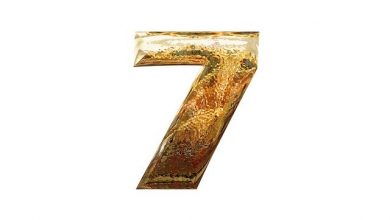The stela of Pharaoh Khufu

The stela of Pharaoh Khufu (Cheops) periodically appears, then disappears from the exposition of Egyptian museums and is hidden in the storerooms. And the question is why? The thing is in the text, which is embossed on this stela.
This text completely contradicts the notion of official science that the largest of the Great Pyramids was built by Pharaoh Khufu (Cheops). The text claims that Cheops was repairing the Sphinx because lightning struck a large sycamore tree standing next to the statue, after which the tree fell down and damaged the Sphinx.
Also, the text of this stela mentions the construction by Pharaoh Cheops of the Temple of Isis, which is next to the Great Pyramids. However, the size of this temple and the technology by which it was erected are sharply different from the technology and size of the Great Pyramids themselves. Consequently, the pyramids were not built by Cheops or other Pharaohs, but long before them.
The official version of history also contradicts the fact of repairs (restoration) works on the Sphinx because, according to it, the Sphinx itself was built after the reign of Pharaoh Cheops.
However, the presence on the statue of the ancient traces of water erosion from tropical showers testifies that the Sphinx stood on this place thousands of years before the reign of pharaohs dynasties in Egypt, when there was a completely different climate in the area.
Both the Sphinx and the Great Pyramids of Giza are the result of an ancient, highly developed civilization that existed before the Great Flood. Ancient Egyptian sources mention it as a “civilization of the gods” and representatives of this civilization ruled ancient Egypt before the pharaohs.
Official historians do not recognize this interpretation of the translation of the stela, but they themselves cannot give any intelligible translation. And, naturally, as soon as independent researchers begin to show interest in this stela and its text, it immediately disappears from the exhibition halls of Egyptian museums.
But no one will be able to pass off falsifications as official history indefinitely. Already now, many people begin to think for themselves and compare many “inconsistencies” of this pseudoscientific myth.




